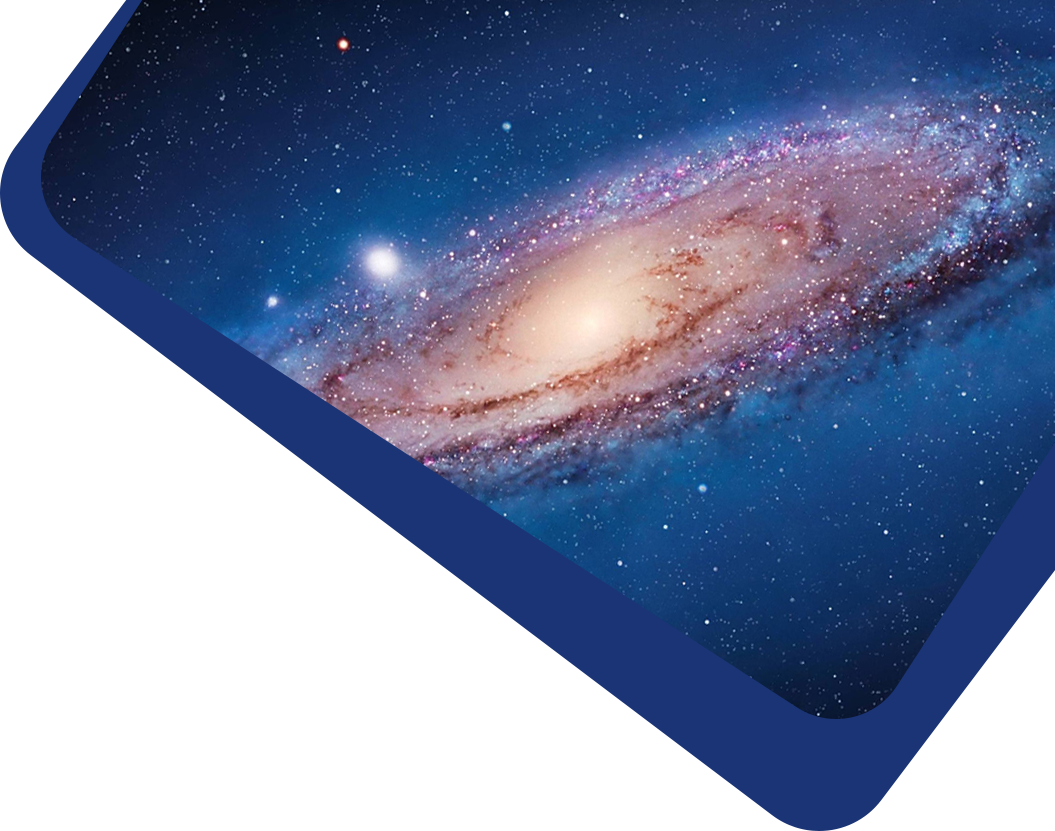

Abstract During non-flaring times, the radio flux of the Sun at wavelengths of a few centimeters to several tens of centimeters mostly originates from thermal bremsstrahlung emission, very similar to extreme-ultraviolet (EUV) radiation. Owing to such a proximity, it is feasible to investigate the relationship between the EUV emission and radio emission in a quantitative way. In this paper, we reconstruct the radio images of the Sun through the differential emission measure obtained from multi-wavelength EUV images of the Atmospheric Imaging Assembly on board Solar Dynamics Observatory (SDO). Through comparing the synthetic radio images at 6 GHz with those observed by the Siberian Radioheliograph, we find that the predicted radio flux is qualitatively consistent with the observed value, confirming thermal origin of the coronal radio emission during non-flaring times. The results further show that the predicted radio flux is closer to the observations in the case that includes the contribution of plasma with temperatures above 3 MK than in the case of only involving low temperature plasma, as was usually done in the pre-SDO era. We also discuss applications of the method and uncertainties of the results.
Keywords Sun: radio radiation — Sun: atmosphere — Sun: UV radiation
It accepts original submissions from all over the world and is internationally published and distributed by IOP